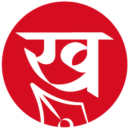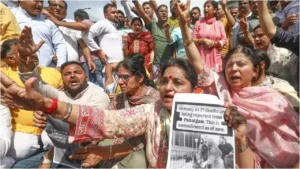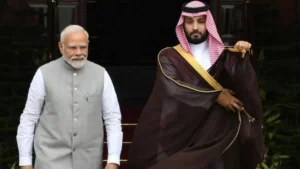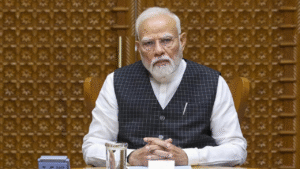Leh Administration Lifts Restrictions on Public Gatherings Following Protest Cancellation
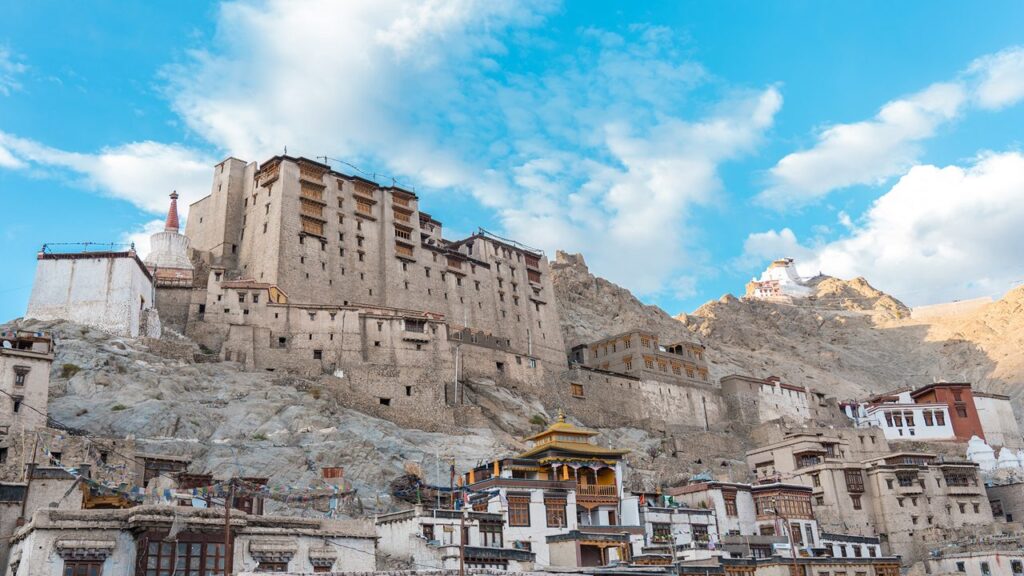
Leh administration has lifted the restrictions on public gatherings that were imposed earlier this week. The decision comes after a planned protest, which had sparked concern among authorities, was cancelled by its organizers. The lifting of these restrictions has been welcomed by residents of Leh, who had faced disruptions to their daily lives as a result of the restrictions, and marks a shift towards stability in the region.
Background: The Protest and Its Cancellation
The protests that prompted the Leh administration to impose restrictions were organized by local groups in response to a series of socio-political issues that had been simmering for months. The primary demands of the protestors centered around issues such as governance, autonomy for the region, and demands for the protection of cultural rights. These protests were seen as part of a larger movement in the Ladakh region, where calls for greater political and administrative autonomy have been growing since the bifurcation of Jammu and Kashmir into two Union Territories in 2019.
The protest, which was set to take place in the heart of Leh, attracted a large number of participants, including activists, political leaders, and local residents. The organizers had hoped to bring attention to their demands for increased representation and local autonomy. However, after discussions with local authorities and assurances from both sides, the protest was eventually called off. The organizers agreed to submit their grievances through dialogue channels rather than resorting to mass protests.
The cancellation of the protest was hailed as a positive step, as it averted potential unrest and violence. It also allowed for a return to normalcy in the region, which had been on edge for several days due to the looming threat of widespread demonstrations.
The Imposition of Restrictions
Prior to the cancellation of the protest, the Leh administration had imposed strict restrictions on public gatherings and movement in an effort to prevent any potential escalation of violence. The restrictions included curfews in certain parts of the city, bans on large-scale public gatherings, and enhanced security measures such as increased police patrols and the deployment of additional security forces.
These measures were enacted in anticipation of large-scale protests, which authorities feared could disrupt public order and cause damage to property. The administration took these actions to ensure that the situation did not spiral out of control, as the region has experienced sporadic protests in recent years. The authorities were particularly cautious after some protests in the past had escalated into violence.
In addition to the restrictions on gatherings, schools and businesses in the affected areas were advised to remain closed, and traffic was rerouted in order to maintain public safety. Despite these measures, local residents expressed frustration, as daily life was heavily impacted. Many people were unable to go about their regular activities due to the heightened security situation.
The Decision to Lift Restrictions
With the cancellation of the protest, the Leh administration moved quickly to lift the restrictions that had been put in place to ensure public safety. The lifting of the restrictions was a welcome relief for many residents, who were eager to return to their normal routines.
In a statement issued by the district commissioner’s office, it was confirmed that public gatherings would now be allowed in accordance with normal guidelines. The statement also assured residents that the situation in Leh had returned to normal and that the administration would continue to monitor the situation to ensure peace and order.
Local businesses, schools, and markets were able to reopen after several days of disruption, and public transport resumed as usual. The lifting of restrictions also allowed for the resumption of cultural and social activities, which are an integral part of life in Leh. Residents expressed relief that the situation had not escalated further, and that they were now able to move freely without fear of further curfews or limitations on their movements.
The Path Forward: Dialogue and Engagement
The lifting of the restrictions in Leh comes at a crucial moment in the region’s political landscape. While the immediate crisis has been averted, the underlying issues that led to the protest are far from resolved. The authorities are now focused on engaging with the local population and addressing their concerns through dialogue and negotiation.
The region of Ladakh, which was carved out as a Union Territory in 2019, has seen growing calls for greater political autonomy. These demands have been largely driven by concerns that the local population’s cultural and political identity is at risk in the face of new governance structures imposed by the central government. Many people in the region feel that they have not been adequately consulted on important decisions that affect their future, and that their voices are being marginalized in favor of larger political and economic interests.
The Leh administration, in collaboration with central government officials, has committed to initiating a series of discussions with local leaders and groups to address the demands of the population. This includes looking into ways to provide more local control over administrative matters, while ensuring that the region’s unique cultural heritage is preserved and protected.
